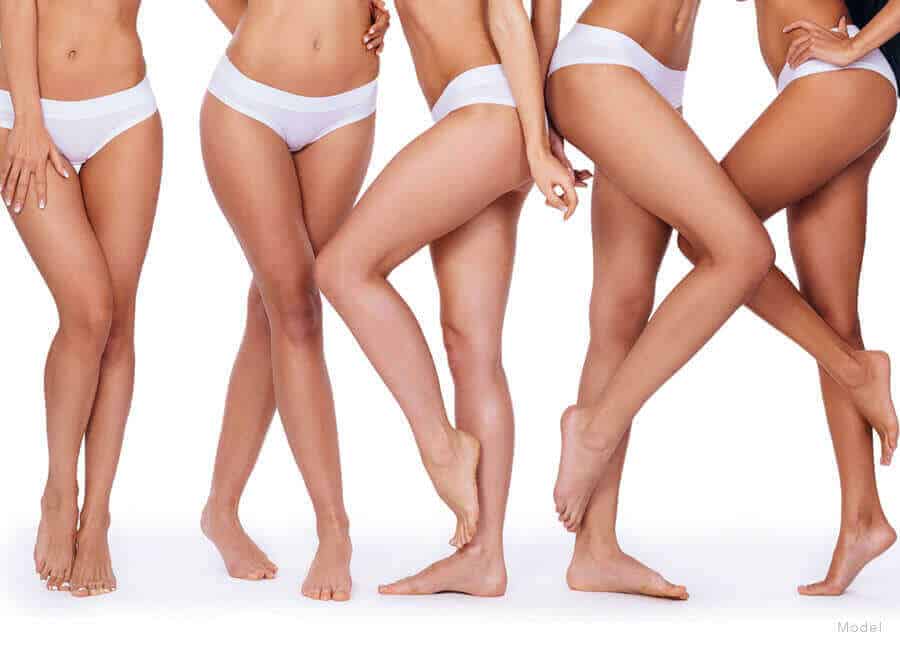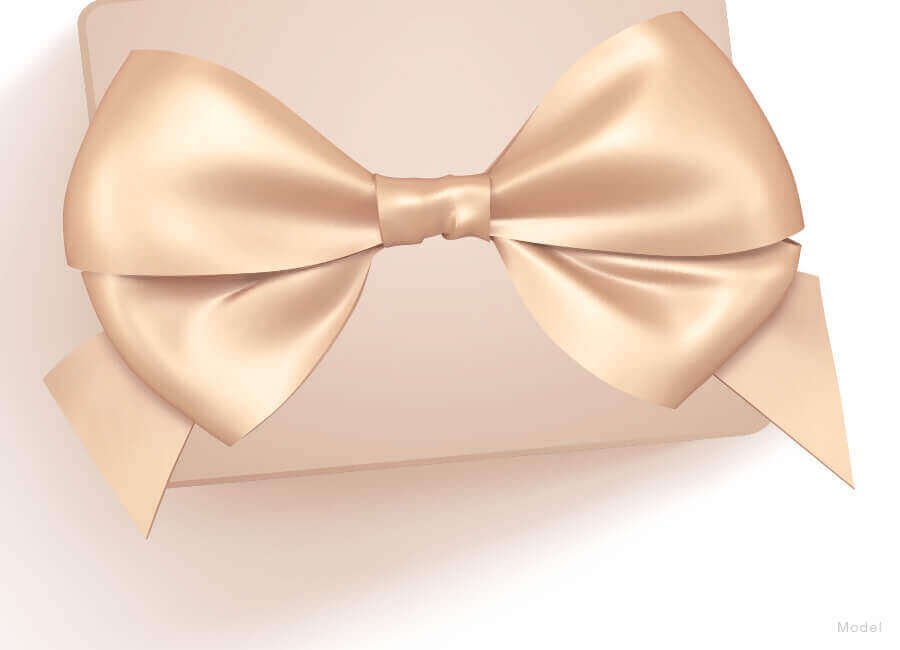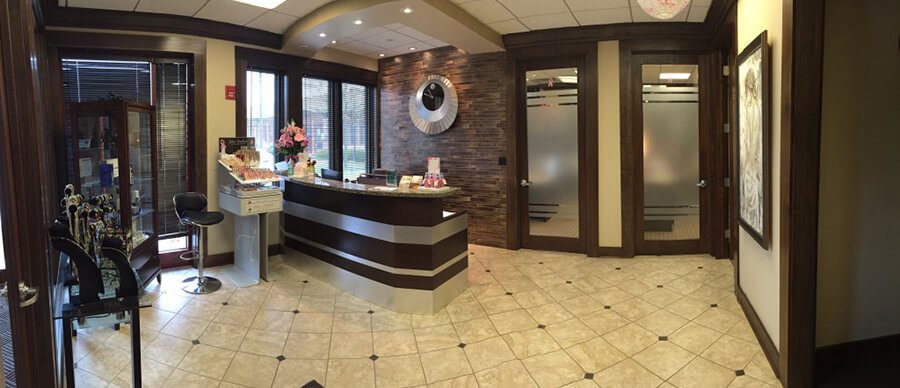Posted in Facial Plastic Surgery
Rhinoplasty is one of the most transformative cosmetic procedures, both physically and emotionally. It reshapes the nose to create facial balance, enhance breathing, or correct trauma. While much attention is often given to the surgery itself, understanding what to expect after rhinoplasty is just as important. Proper preparation for the recovery phase helps ensure optimal results and peace of mind as you heal.
The First 24 to 72 Hours After Surgery
Immediately after surgery, patients are monitored before heading home the same day. You’ll have a splint on your nose to support the new shape and likely feel groggy from anesthesia. Mild to moderate pain, swelling, bruising around the eyes, and nasal congestion are normal. Prescription pain medications and cold compresses help manage discomfort.
During this time, rest is crucial. You’ll need to keep your head elevated and avoid any bending or lifting. Your body is working hard to heal, so taking it slow and avoiding stress will speed up recovery.
Week One: Initial Healing and Splint Removal
By the end of the first week, much of the immediate swelling starts to subside, although bruising may still be visible. The nasal splint is usually removed around day 7 during a follow-up visit at North Shore Aesthetics. This is often an exciting milestone as you get your first look at the initial results, even though swelling may obscure the final shape.
We advise patients to avoid blowing their nose, touching the surgical area, or doing any vigorous activity. You may still feel a bit stuffy and tired, but this is completely normal. Light walking is encouraged to promote circulation and reduce the risk of blood clots.
Week Two to Four: Steady Progress
As you enter the second and third weeks, visible bruising often fades, and swelling continues to go down. Many people feel comfortable returning to work or school after 10–14 days, especially if their role isn’t physically demanding. However, heavy lifting, intense workouts, and contact sports should be avoided for at least a month.
By now, breathing should improve if the surgery includes functional corrections. While some residual swelling may remain, you’ll begin to feel like yourself again. This phase of rhinoplasty recovery is all about patience and protecting your nose while it heals internally.
Month Two and Beyond: Seeing the Final Results
The majority of swelling typically resolves within the first two months, though subtle changes may continue for up to a year. The tip of the nose, in particular, can take longer to refine. That’s why long-term follow-ups are part of the personalized care we offer at North Shore Aesthetics.
You can expect improved symmetry, a more refined nasal profile, and enhanced facial harmony. If breathing issues were part of your initial concerns, these improvements will likely become more noticeable as healing progresses.
Emotional Adjustments During Healing
It’s not uncommon for patients to experience a range of emotions during recovery. There may be moments of doubt or impatience as the swelling masks results, especially in the early weeks. Understanding what to expect after rhinoplasty helps normalize these feelings. Our team is always available to offer reassurance and support throughout your journey.
Frequently Asked Questions
- How long does it take to recover from rhinoplasty?
Most people return to normal routines in about two weeks, but full recovery can take up to a year, especially for final shape refinement.
- Can I wear glasses after rhinoplasty?
Glasses should be avoided for the first few weeks unless special supports are used. This prevents pressure on the healing nasal bridge.
- Will I have visible scars?
Open rhinoplasty involves a small incision at the base of the nose, which usually heals with minimal scarring. Closed techniques leave no external marks.
- What activities should I avoid during recovery?
You should avoid strenuous workouts, contact sports, heavy lifting, and anything that risks bumping your nose during the first 4–6 weeks.
- How can I speed up healing after surgery?
Follow all post-op instructions closely. Keep your head elevated, eat nutritious foods, stay hydrated, and avoid alcohol and smoking.
Your Recovery, Our Priority
At North Shore Aesthetics, we understand that rhinoplasty is not just about appearance, it’s about confidence, comfort, and quality of life. That’s why we’re committed to guiding you through each stage of rhinoplasty recovery with compassion, precision, and personalized care.
If you’re ready to explore what rhinoplasty can do for you, schedule a consultation with our expert team today. Let’s take the next step together, safely, confidently, and beautifully.







